Circa 2017
A superbright type of supernova can form in “heavy metal” areas, using elements heavier than hydrogen and helium, new research suggests.
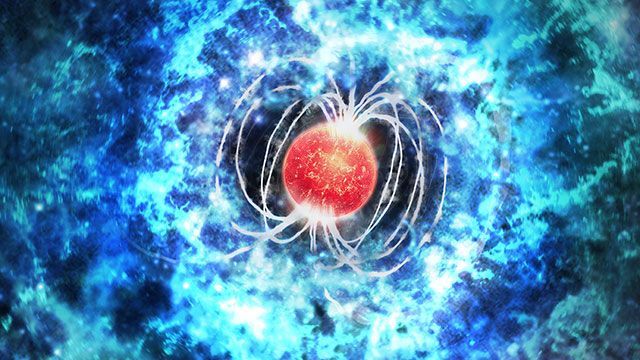
Live Spacewalk: Watch as astronauts complete the intricate process of repairing the Alpha Magnetic Spectrometer (AMS), a dark matter and antimatter detector outside the International Space Station.
On Sat., Jan. 25 at 6:50 a.m. EST, tune in for a live spacewalk as Luca Parmitano of the European Space Agency (ESA) and Andrew Morgan of NASA perform the fourth and final spacewalk to repair AMS, which has far outlived its planned three-year lifespan. In addition to revitalizing an important piece of scientific equipment, the process of creating the tools and procedures for these spacewalks is preparing teams for the types of spacewalks that may be required on Moon and Mars missions.
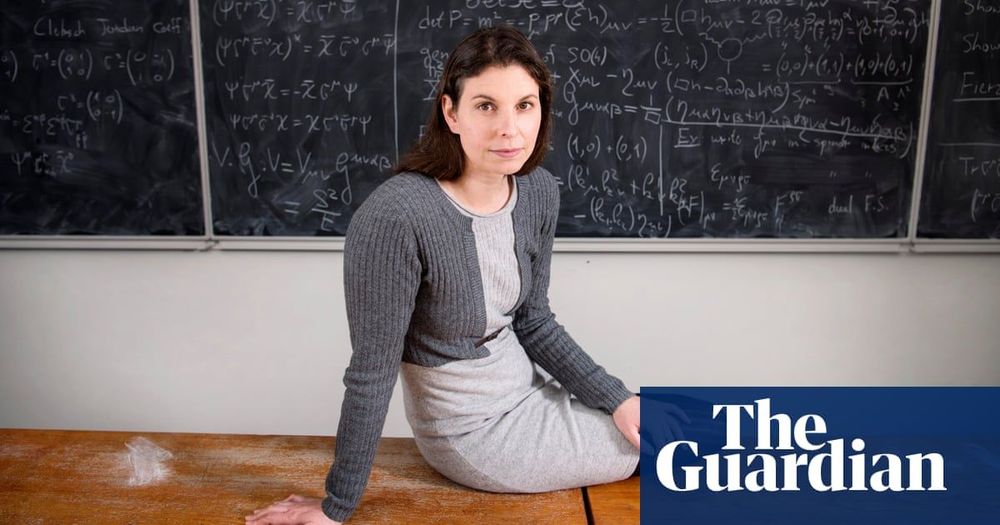
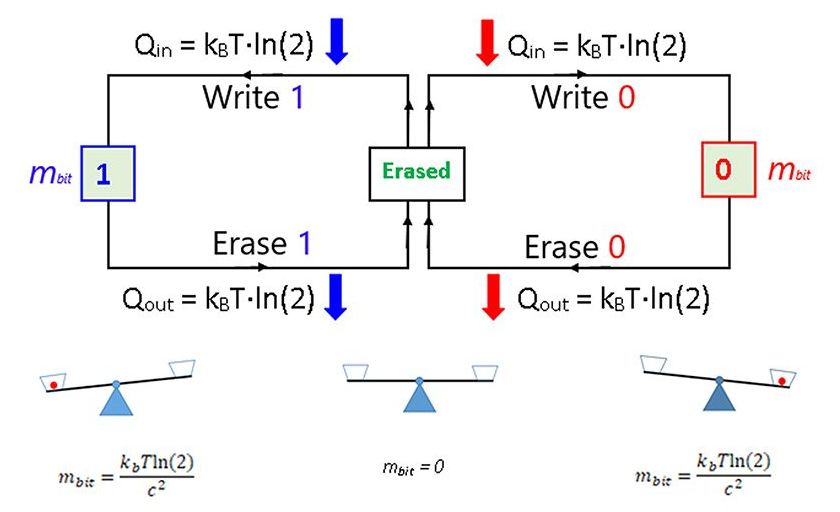
Is information the fifth form of matter?
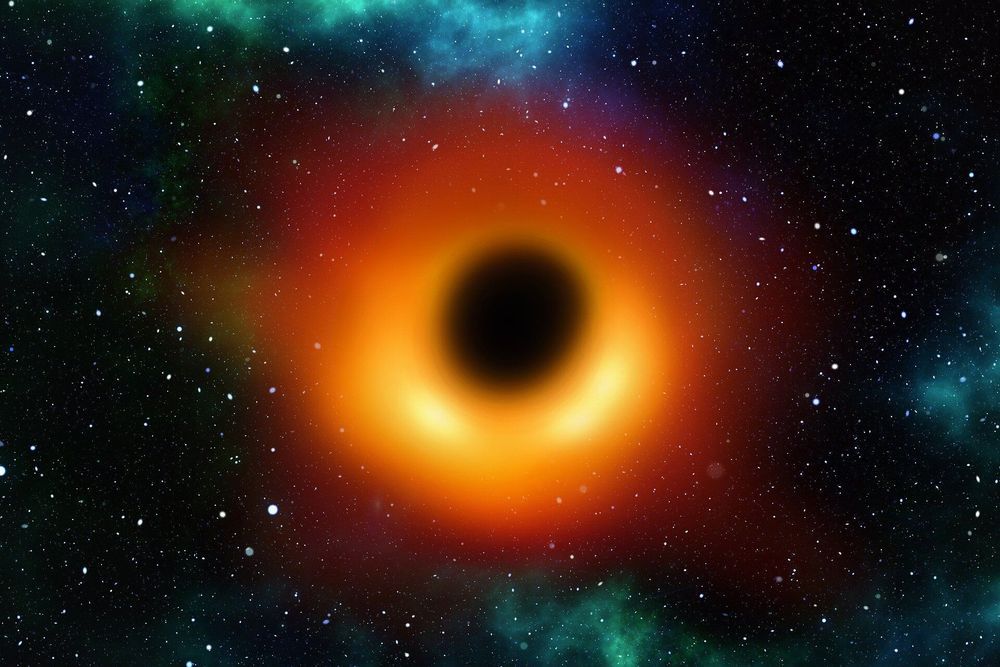
Echoes in gravitational wave signals suggest that the event horizon of a black hole may be more complicated than scientists currently think.
Research from the University of Waterloo reports the first tentative detection of these echoes, caused by a microscopic quantum “fuzz” that surrounds newly formed black holes.
Gravitational waves are ripples in the fabric of space-time, caused by the collision of massive, compact objects in space, such as black holes or neutron stars.
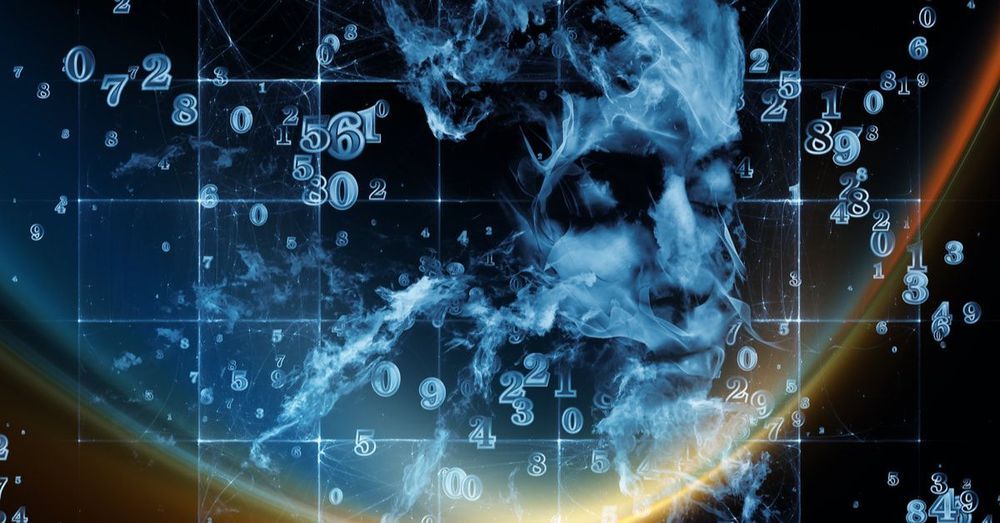
Evolutionary cyberneticist and digital philosopher Alex M. Vikoulov, author of The Syntellect Hypothesis, is interviewed by Agah Bahari, host and producer of NeoHuman podcast.
On this recent podcast, Alex Vikoulov, author of The Syntellect Hypothesis, is interviewed by NeoHuman podcaster Agah Bahari. Topics include evolutionary cybernetics, computational physics, consciousness, the simulation theory, the transcension hypothesis, the Global mind, AGI, VR, AR, psychedelics, technological singularities, transhumanism, Fermi Paradox, Digital Physics, objective reality, philosophy of mind, the extended mind hypothesis, absolute idealism, physics of time, the Omega Point cosmology, mind-uploading, synthetic telepathy, and more.
Watch a short intro here ↴.
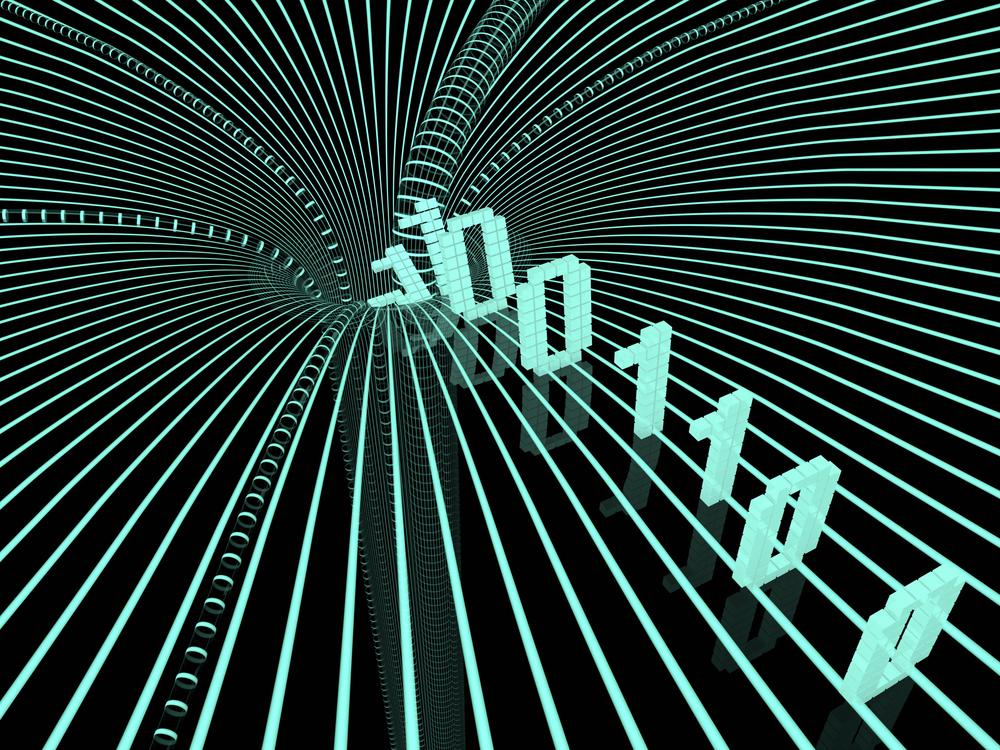
Essentially neutrino lasers could take out missiles and also hack missiles or nukes rendering them inert in defense practices.
Sponsored Content
Scientists at the Fermi National Accelerator Laboratory (Fermilab) are working on research projects that aim to answer fundamental physics questions. How did the universe begin? What are dark matter and dark energy? What is the mass hierarchy of neutrinos? Are there other undiscovered particles beyond the currently known Standard Model of Particle Physics?
